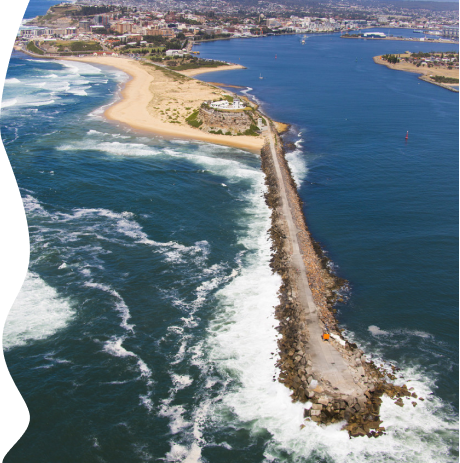Why It Matters
taking action today, we aim to ensure that future generations can continue to benefit from the
beauty and bounty of these vital natural habitats.
Join us in our endeavor to protect and restore the Hunter Estuary and work together
to
create a sustainable and thriving future for this beautiful Australian habitat.


What is sediment and why is it a problem?
Sediment generation can be increased through human impacts such as loss of vegetation from riverbanks, urban runoff, agricultural runoff, and recreational activities.
A major contributor of sediment is erosion. Erosion occurs along riverbanks, the river bed and surrounding land due to loss of vegetation on the landscape and increase in destructive forces such as wheel ruts (cars /utes/ motorbikes), ploughing of the land and wave action from boats. Vegetation holds the soils together and slows water down which allows the sediments to drop out before reaching the waterway.


